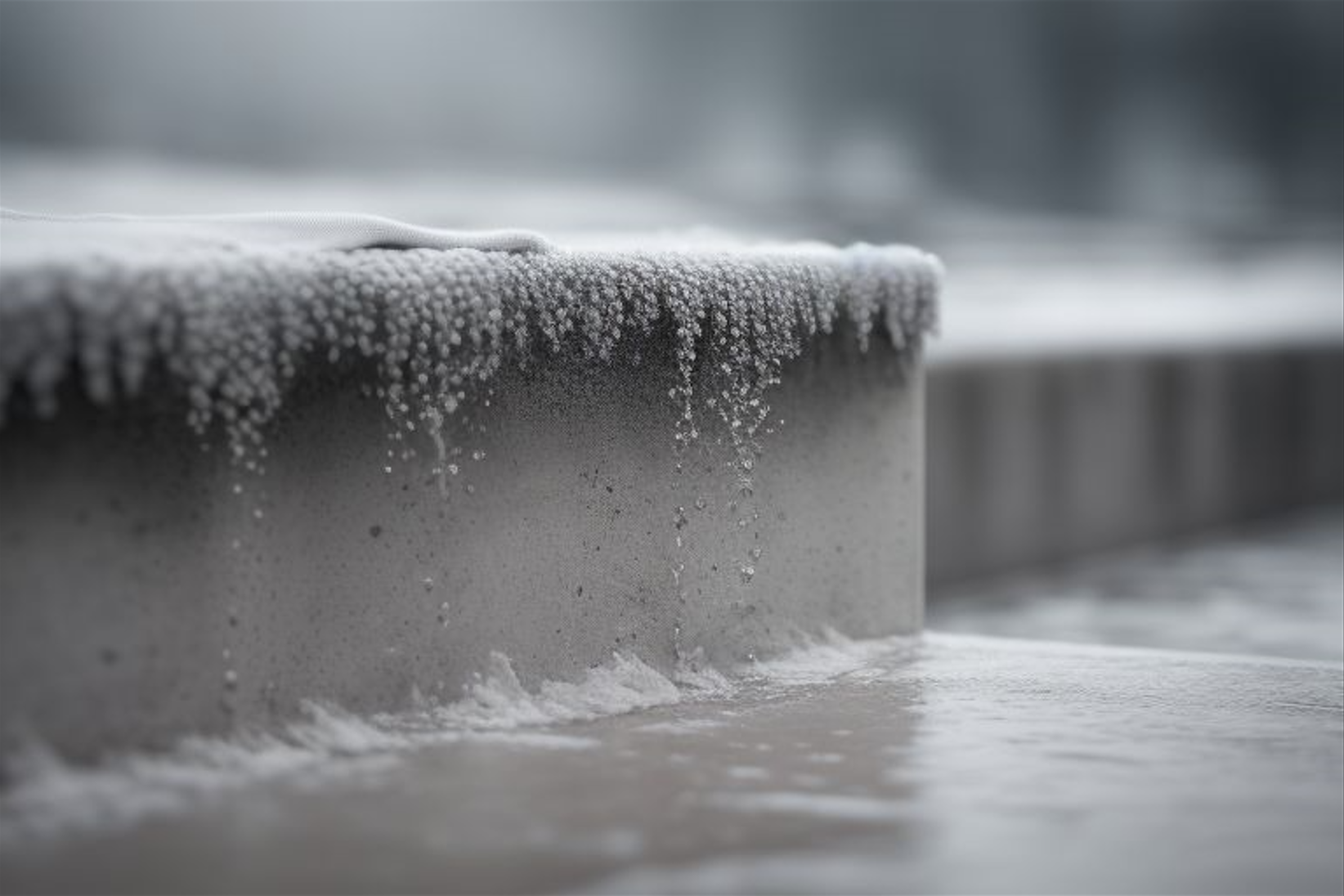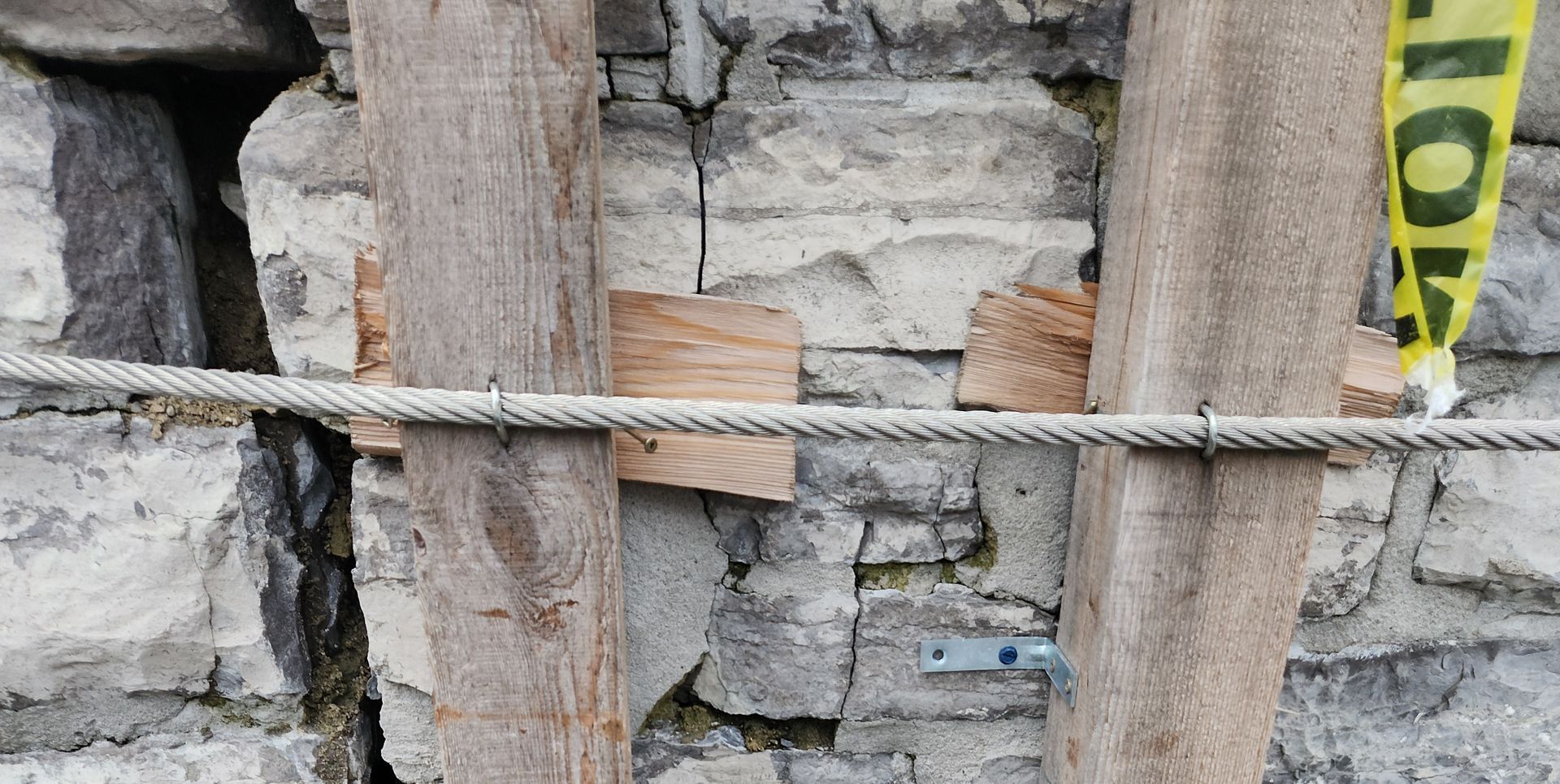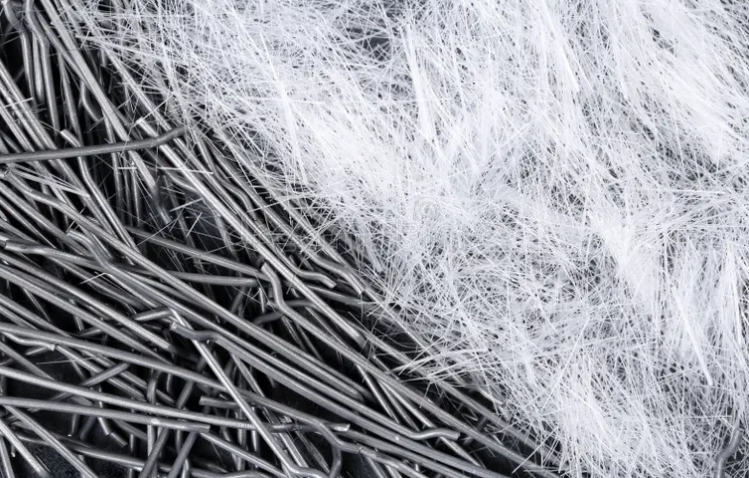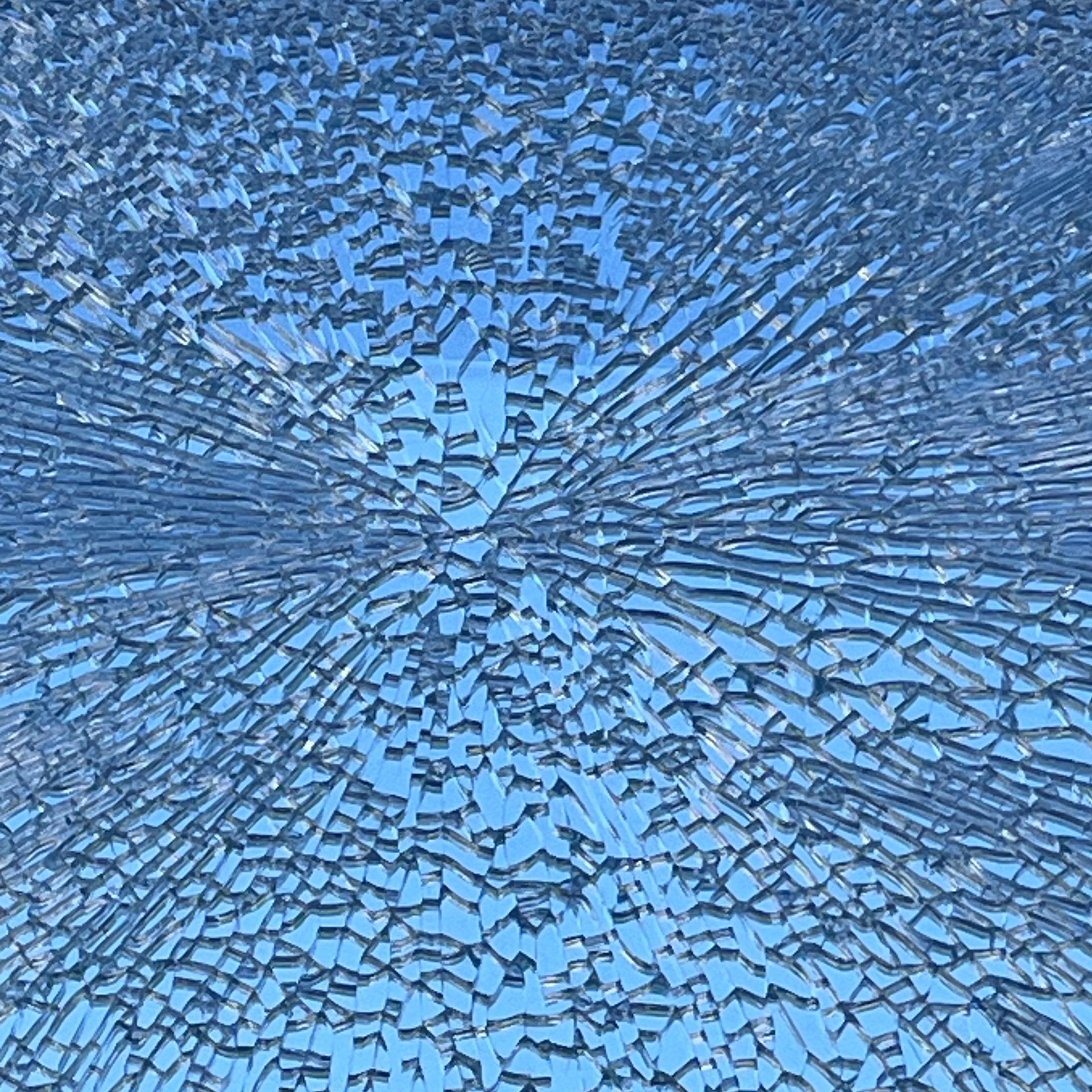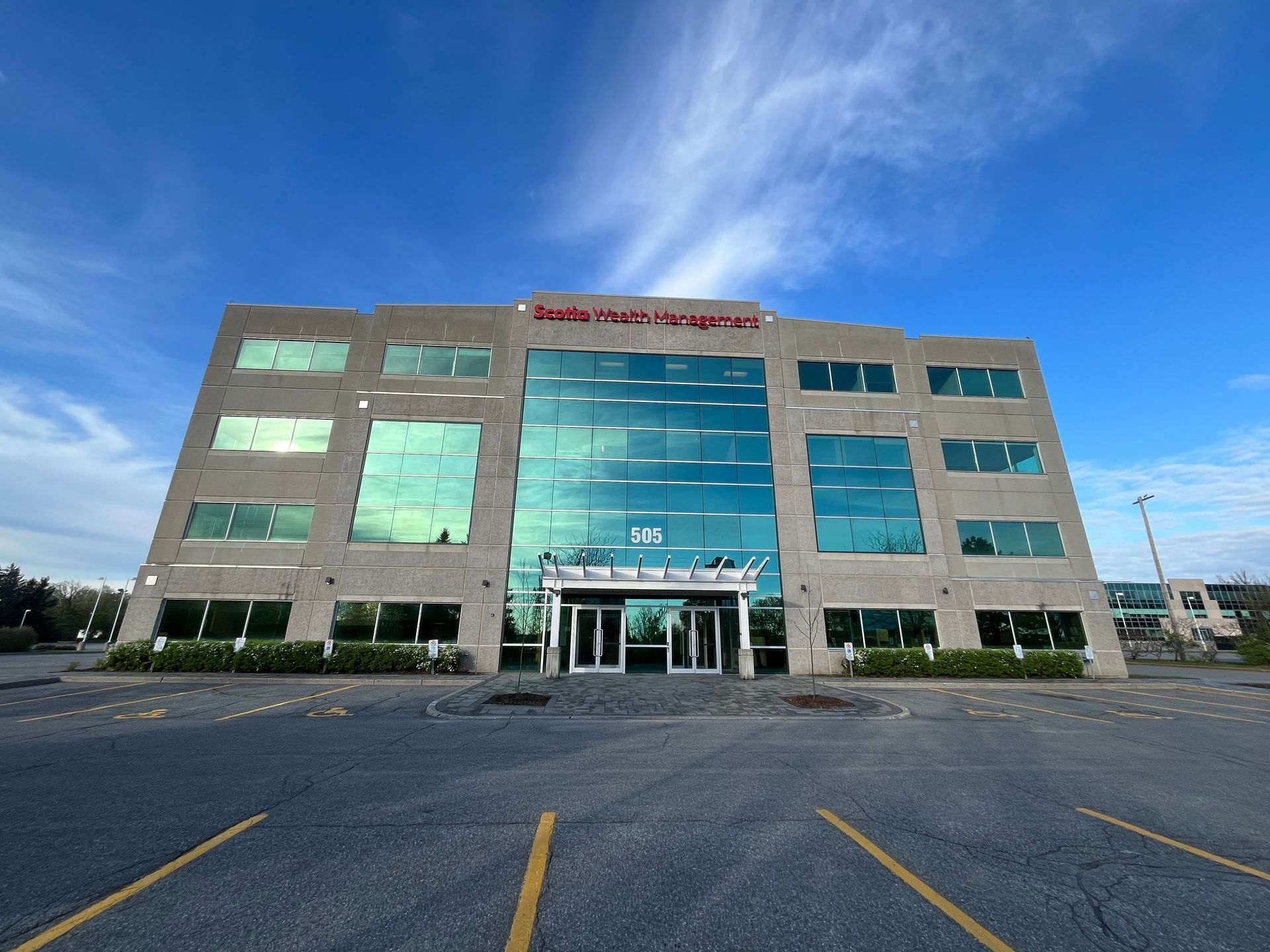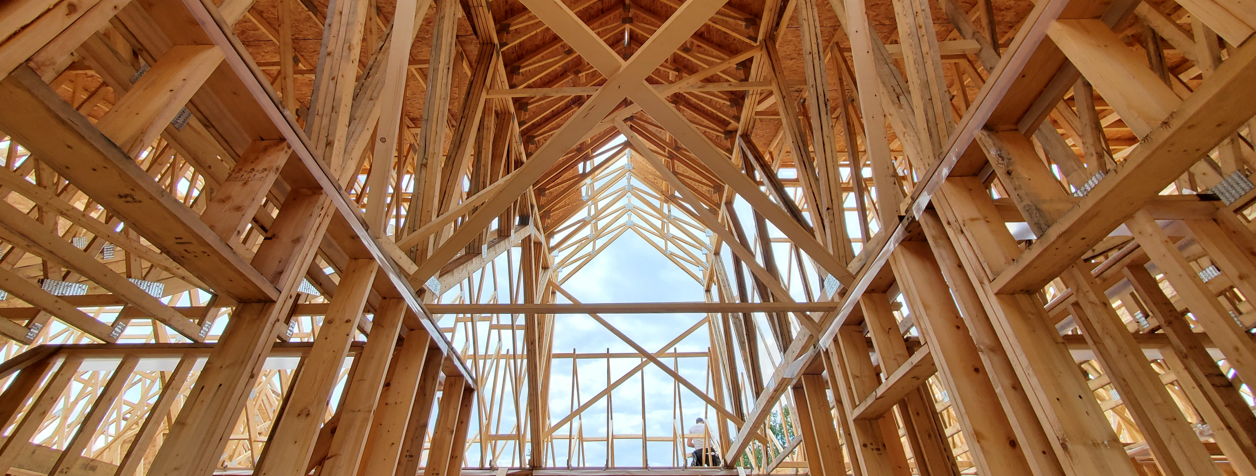Concrete Repair - A Fundamental Essential
Basic, basics, and drainage - Oh my!
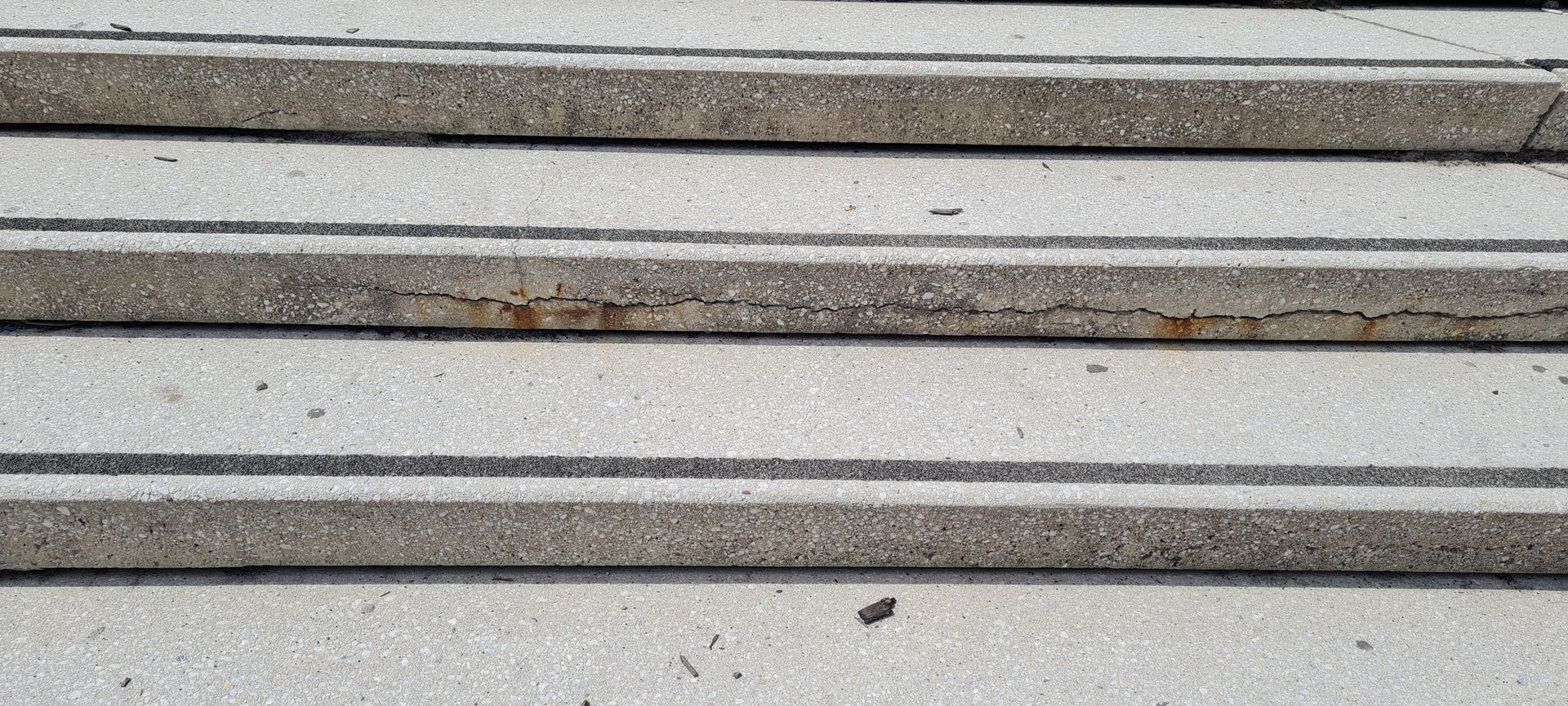
Concrete repair is a crucial process used to rehabilitate and restore damaged or deteriorated concrete structures. Whether it's a small crack or a major structural issue, addressing concrete damage promptly is essential to ensure the longevity and safety of the structure.
A background knowledge of the material is essential to an understanding of how to repair concrete. Concrete is highly alkaline, or basic, and this passivates the steel placed within the mass. Slowly over time this alkalinity is lost through interaction with the atmosphere, and several deleterious effects are able to initiate. While a detailed discussion of this process is outside the scope of this post, it is important to understand that the material properties of deteriorated concrete differ substantially from those of freshly placed concrete, making the specification of compatible repair materials more complicated than simply matching the original concrete specification.
When it comes to concrete repair, there are several important steps to consider. First, it's important to identify the cause of the damage; this could be due to factors such as freeze-thaw cycles, chemical exposure, loss of passivation of the reinforcement and simple exposure to the elements, or may rise to the level of structural overloading. Understanding the root cause helps in determining the most effective repair approach.
Investigating the material properties of the original concrete as well as the current state of the material is crucial. This involves assessing factors like permeability, strength, and durability. By understanding the characteristics of the original concrete and the material properties now found in-situ, it becomes easier to select an appropriate repair material that matches these properties. Once the cause and material properties have been determined, the next step is to prepare a technical specification for the removal of existing materials as and to such a depth as may be needed, any improvement to the existing profile or material which may be deemed of use, the inclusion of any protection systems which may be warranted or desired (example: passive cathodic protection), and to specify the final repair material and details. This generally involves cleaning the damaged area, removing loose or deteriorated concrete, and creating a suitable surface to which the repair material will be adhered.
After the preparation, the specified repair material is applied to the damaged area. Common methods of concrete repair include patching, resurfacing, and partial or full depth repair. Patching is generally used for localized damage, resurfacing is used to restore the appearance and protect the surface, and partial or full depth repairs are self-descriptive. It is important, however, that any partial or full depth repair work not result in the creation of an incipient anode (a deteriorative effect possible where new and old concretes are not electro-galvanically compatible).
The choice of repair method depends on the extent and type of damage, as well as on the client's budget and target repair durability. It's important to consult with a suitably trained and qualified professional engineer to determine the most appropriate repair approach for a specific situation. Feel free to call and ask us why we almost never recommend injectable repair materials, and proscribe rather than favour bonding agents. We've done a great deal of concrete repair, and would love to help you both understand and effectively carry out high quality repairs of substantial value and durability.
The goal of concrete repair should be to not only restore the structural integrity of the concrete but also to avoid any rapid loss or recurrence of deterioration. Generally speaking engineers and para-professionals are taught that water is concrete's friend, but that isn't always the case. Water which becomes trapped can become incredibly deteriorating to concrete, water can also scour or cause cavitation damage (generally a bridge pier and wet abutment issue), or give rise to rapid deterioration through freeze-thaw cycles. Damp concrete can perform well when never frozen; wet concrete generally performs very badly. Drainage matters, and an understanding of when as well as what constitutes a good or bad influence on an element for each possible exposure is essential, not optional.
By addressing concrete damage promptly and using suitable repair materials and techniques, the chances of further deterioration can be minimized. The value and in-service hours of the asset can be safeguarded and even raised. Doing the job right the first time can significantly reduce total cost of ownership, both through reduced impacts to operations, and more effective maintenance programs and projects.
Many property owners of older assets find that once repairs start, they become more and more frequent. This isn't the best way to minimize the total cost of ownership for an asset; better engineering planning and maintenance methodology is what those owner truly need. Unfortunately, the skills to take care of assets can vary heavily from those required to design, specify and construct. Universities and most professional firms train staff to build, but not repair. You need a resource with experience in maintenance, forensics, and repair. You need CEL.


